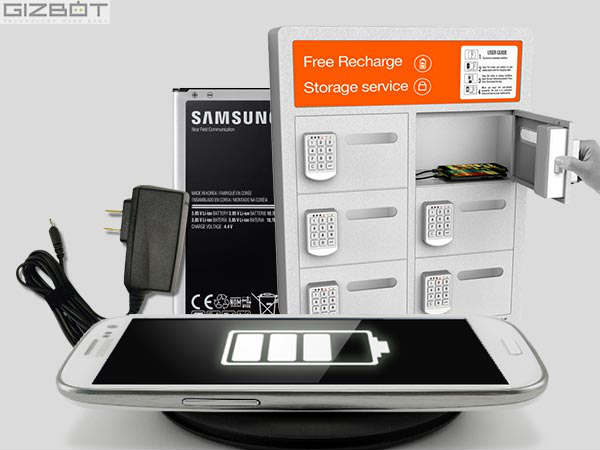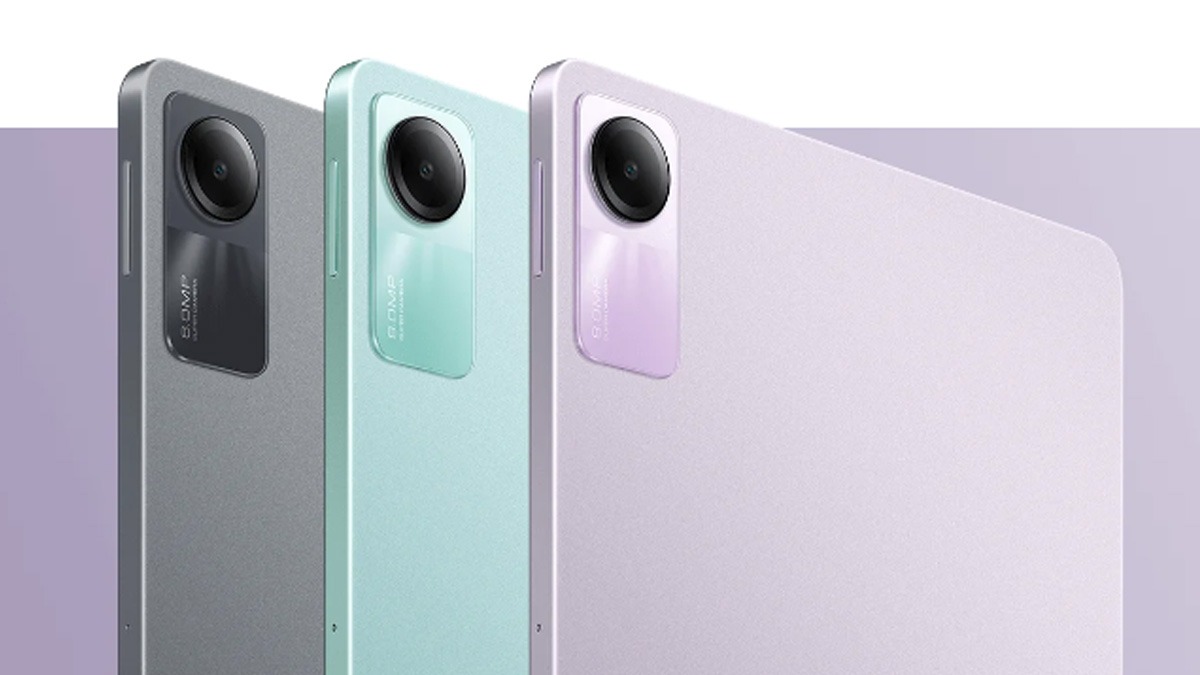Just In
- 1 hr ago

- 1 hr ago

- 2 hrs ago

- 3 hrs ago

Don't Miss
- Sports
 ONE 167: Megastar Rodtang Meets Denis Puric In Flyweight Kickboxing Clash
ONE 167: Megastar Rodtang Meets Denis Puric In Flyweight Kickboxing Clash - Movies
 Why Abhishek Malhan Unfollowed Bigg Boss OTT 2 Buddy Jiya Shankar? Fukra Insaan Reveals TRUTH
Why Abhishek Malhan Unfollowed Bigg Boss OTT 2 Buddy Jiya Shankar? Fukra Insaan Reveals TRUTH - Finance
 1:1 Bonus, 16.50/Share Dividend: NBFC To Recommend Dividend, Buy For TP Rs 900: Motilal Oswal
1:1 Bonus, 16.50/Share Dividend: NBFC To Recommend Dividend, Buy For TP Rs 900: Motilal Oswal - News
 Social Media Users Laud Gujarat Titans' Fangirl, Call Her Ana de Armas' Lookalike
Social Media Users Laud Gujarat Titans' Fangirl, Call Her Ana de Armas' Lookalike - Education
 PSEB Class 10 Toppers' List 2024, Check the Ranks of Toppers
PSEB Class 10 Toppers' List 2024, Check the Ranks of Toppers - Automobiles
 All About Electronic Stability Control ESC: Working & Advantages
All About Electronic Stability Control ESC: Working & Advantages - Lifestyle
 Heeramandi: Designers Rimple And Harpreet Craft Inspiring 300 Outfits, Know The Details Here!
Heeramandi: Designers Rimple And Harpreet Craft Inspiring 300 Outfits, Know The Details Here! - Travel
Telangana's Waterfall: A Serene Escape Into Nature's Marvels
Smartphone Charging Technology: From Wall to Wireless Charger
The journey of chargers from wall to wireless!
Since the invention of mobile phones, the battery life has been a great concern for the users. As the cellphones have become the major communication devices, the chargers that are used to power the phones and the charging technology have undergone many notable transitions from time to time.

The early phones were quite bulky and huge that they needed an enormous amount of power to function. Can you believe that there was a time when ten hours of charging would result in just 30 minutes of talktime? This situation didn't last for long as people started coming up with technologies that have resulted in current generation long lasting batteries that have made charging a convenient and easy task.

Right now, there are numerous brands and types of charges in the market. In fact, there are innovative chargers too. Not only the chargers but also the charging technology has improved to a great extent. Wireless charging, rapid charging, etc. have come into existence to give a better experience to the mobile or smartphone users.

Today, we at GizBot, have come up with some details on the evolution of mobile chargers and the technologies used as well. This will definitely help you understand how technology has progressed transforming the conventional wall charging adapter to smart clothing that can charge phones.
Until you have used or seen people using early day cellphones sometime in the 90's, you will not be able to realize how awkward the chargers looked like. The early cellphones as well as chargers were over-sized and weren't portable as the current generation ones. Moreover, the early cellphones used Nickel Cadmium batteries that have a memory effect that can't always hold the charge. Eventually, such phones required longer durations of charging to give minimal talktime. For instance, the Motorola DynaTAC look almost 10 hours of charging. But, the battery capacity of 500mAh could render a maximum talktime of just 30 minutes. Soon after the Nickel Cadmium batteries became outdated, the Nickel Metal Hydride batteries came into existence, but the charger remained pretty much the same. The major change that took place was that the batteries were non-toxic and the memory effect was gone. Eventually, the cell phones could last longer and the batteries could be charged in a lesser duration. The classic Nokia Cityman 900 with a battery capacity of 1,000mAh took up to 4 hours to charge completely. This is the most common charging method and it's also the most widely used one. As the cellphones progressed into smartphones, the battery and other components also transformed and the whole unit became more compact and portable. The wall chargers are the classic cellphone chargers. The wall chargers can be used with a USB cable or any integrated cable to charge the device and take not more than an hour. To put it in the right words, we can say that as the cellphone chargers and batteries shrunk, the charging time also reduced. Also Read: Here Are Battery Radiation Effects on Human Body and Ways to Avoid Them After the prominent use of wall chargers, the next step was to let charging via a cable that can also enable data transfer. Well, the USB cable came into existence in the late 90's and it is a fast, efficient and comfortable way to charge the cellphones. With the USB cable, the average charging time is around 3 hours depending on the amperage of the cable you choose. Notably, USB cables are slower than the classic wall chargers by four times, but they are versatile in terms of connectivity and size. The concept of wireless charging came into existence a few years back. This is one of the comfortable alternatives to charge the cellphones as it doesn't require the device to be plugged into the wall socket and doesn't involve any messy wires. Besides offering comfort, the wireless charging technology makes the device more durable as it doesn't require you to plug and unplug the cellphone, which will reduce the damage caused to the charging port and the cable as well. Wireless charging will take about three hours to charge a smartphone to 100 percent. These days, people have started realizing the importance of harnessing the solar energy as it is an eco-friendly way to charge their cellphones and other devices. The charging time that a solar charger takes depends on the potential and ability of the charger, but on an average, it is likely to take up to 4 hours to charge a cellphone. Charging the cellphones on-the-go is something that most users might prefer. A cable is used by the car chargers to connect the cellphone to the car's battery. The electrochemical energy is then transferred from the car's battery to the cellphone battery. The charging time depends on the mAh capacity of the car charger, and on an average, it is believed to be 2 hours. Also Read: Researchers develop non-flammable lithium-ion battery The portable power banks are a must-have these days to address your charging requirements on-the-go. You can choose the power banks based on the need. There are both high capacity and low capacity power banks in the market. The power banks come with an in-built USB charger, which make the charging process pretty versatile. Notably, the portable power banks are the most useful and safest option to charge cellphones. Again, based on the capacity of the power bank, the average charging time will be around two to three hours. Charging kiosk is one of the advanced alternatives to charge cellphones. It has numerous chargers for different models. The charging kiosk is easy to use and extremely secure as well. In some kiosks, there will be strong security with secret keys and passwords. The charging time of these charging kiosks is not over two hours. Also, these kiosks are twice faster than the Qi wireless chargers. Until the evolution of fast charging or rapid charging technology, the average charging time was in hours. With the fast charging tech that is seen in most smartphones released lately, you can charge your smartphone in just a few minutes. For instance, there are charging technologies that can juice up the battery up to 75 percent in just 30 minutes. This charging tech reduces the time you spend in charging your phone that will reduce the wear and tear of the device's charging port. There are many charging wearables in the market, but the trend is yet to become prominent. Already, there are charging wearables such as Pauline van Dongen's leather jacket charger, Jeo's Jeans' Hello, solar jacket charger, Sound Charge T-Shirt, and a few others. The average charging time of the charging wearables is around 2 to 3 hours.
Early mobile phone chargers

Conventional wall chargers

Li-Ion smartphone battery charger

USB cable

Wireless charging

Solar chargers

Car chargers

Power banks

Charging kiosks

Fast/rapid charging

Charging wearables
-
99,999
-
1,29,999
-
69,999
-
41,999
-
64,999
-
99,999
-
29,999
-
63,999
-
39,999
-
1,56,900
-
79,900
-
1,39,900
-
1,29,900
-
65,900
-
1,56,900
-
1,30,990
-
76,990
-
16,499
-
30,700
-
12,999
-
62,425
-
1,15,909
-
93,635
-
75,804
-
9,999
-
11,999
-
3,999
-
2,500
-
3,599
-
8,893












































